Optimal Timing for Water Softener Installation
Understanding the optimal timing for water softener installations can ensure maximum efficiency and longevity of the system. Proper scheduling considers water usage patterns, seasonal changes, and household needs to achieve the best results.
Installing a water softener during warmer months can be advantageous due to easier access and less interference with household activities.
High water usage periods, such as spring and summer, may require system installation before peak demand to prevent mineral buildup.
Integrating installation during home upgrades or plumbing renovations can minimize disruptions and ensure proper setup.
Scheduling installation when water hardness levels are at their highest ensures the system is calibrated for maximum effectiveness.
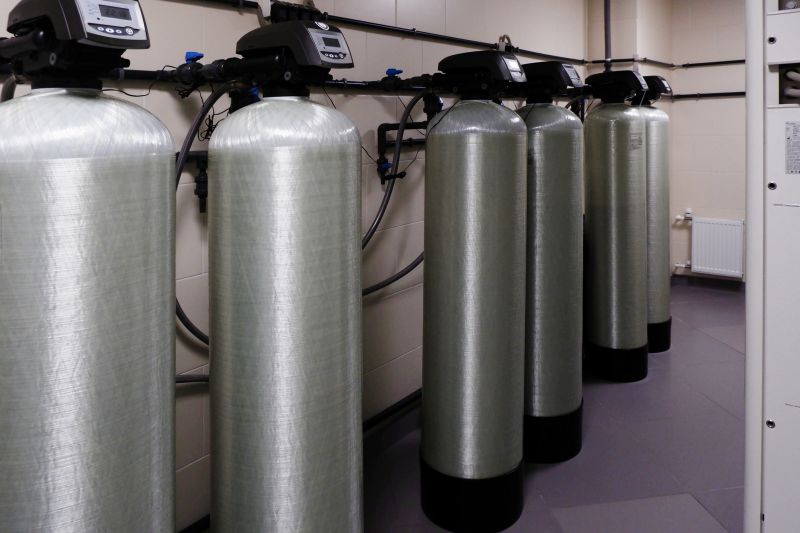
Technicians installing a water softener in a residential setting.
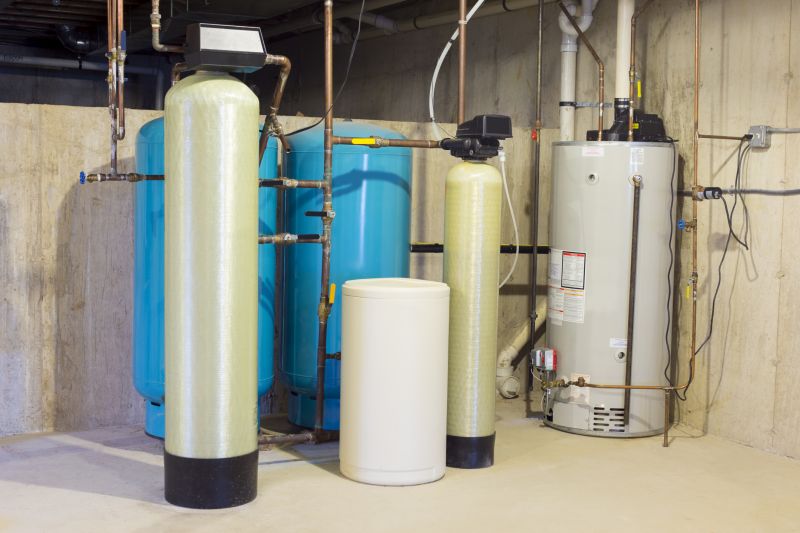
A professional connecting water softening equipment to a home plumbing system.

Assessing water hardness levels before system installation.

Ways to make Water Softener Installations work in tight or awkward layouts.
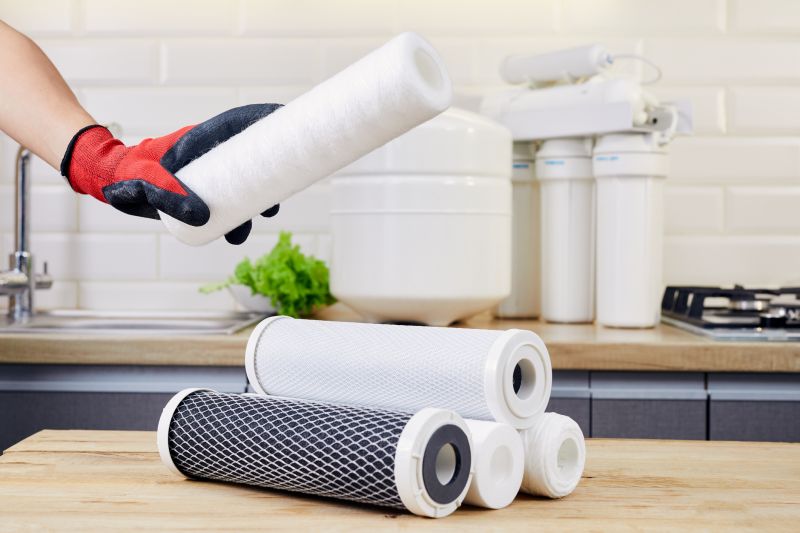
Popular materials for Water Softener Installations and why they hold up over time.
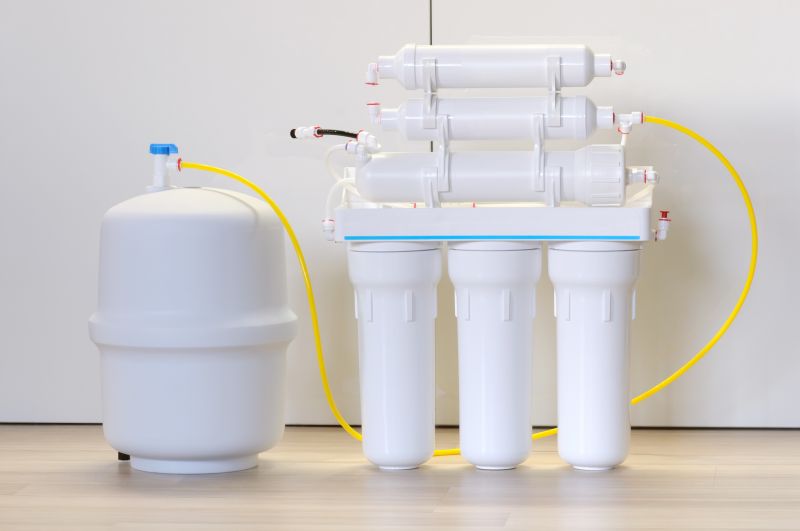
Simple add-ons that improve Water Softener Installations without blowing the budget.
Water softener installations are often recommended when water hardness begins to interfere with household appliances, plumbing, and laundry. Hard water contains high levels of minerals like calcium and magnesium, which can cause scale buildup, reduce appliance lifespan, and increase energy costs. Proper installation and timing can mitigate these issues, leading to better water quality and appliance efficiency.
Statistics indicate that over 85% of households in certain regions experience hard water conditions, making timely installation essential for maintaining plumbing health. Installing a water softener before mineral accumulation causes significant damage can prevent costly repairs and replacements. Seasonal and household usage patterns influence the best timing, with many households opting for installation during spring or early summer when water demand is high.
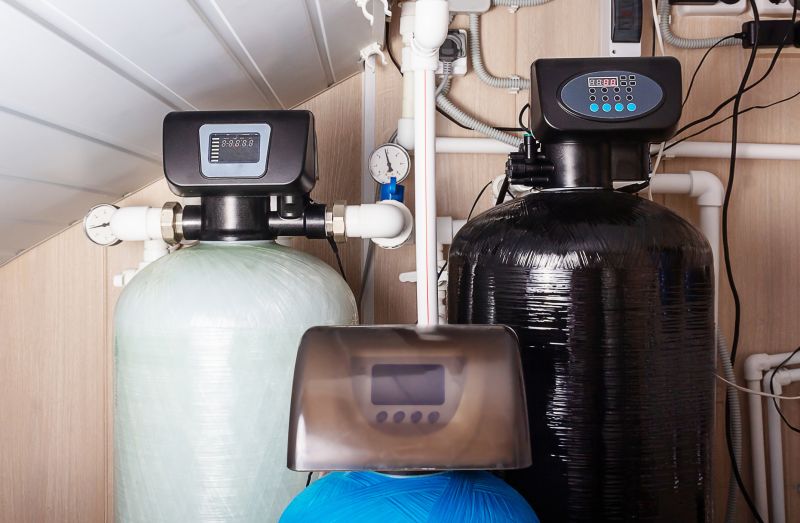
A household water softener system actively softening water.

Technician configuring a water softener in a residential setting.
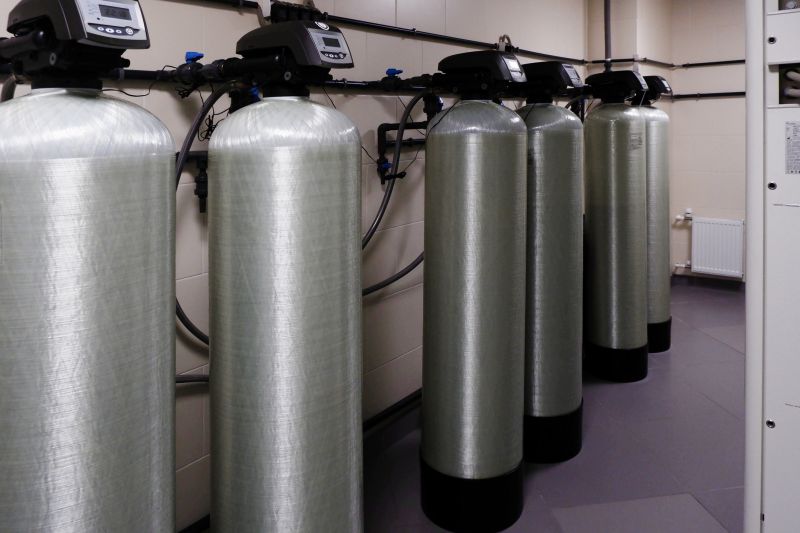
Tools used to measure water hardness levels.
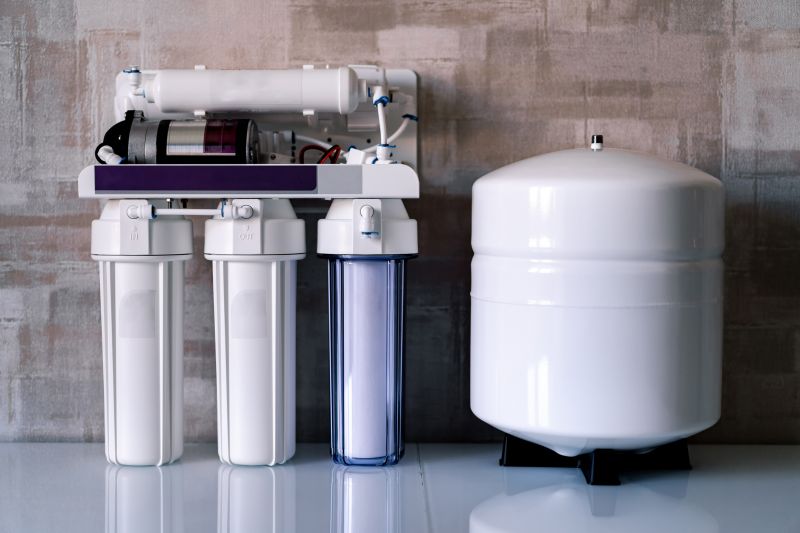
A completed water softener setup ready for operation.
| Aspect | Details |
|---|---|
| Optimal Season | Spring and early summer are ideal for installation due to accessibility and household activity patterns. |
| Water Hardness Levels | High mineral content levels indicate a good time to install. |
| Household Water Usage | Periods of increased water demand benefit from preemptive system setup. |
| Technician Availability | Scheduling during peak technician availability can reduce wait times. |
| Home Renovations | Coordinate with plumbing upgrades to streamline installation. |
| Climate Factors | Avoid installation during extreme cold to prevent pipe freezing issues. |
| Maintenance Scheduling | Install before mineral buildup necessitates repairs. |
Timely installation of water softening systems can significantly improve water quality and reduce maintenance costs. It is advisable to evaluate household water hardness levels regularly and plan installations accordingly. Consulting with a professional can help determine the most suitable timing based on specific household needs and water conditions.
Interested in scheduling a water softener installation? Fill out the contact form to receive more information and coordinate the best timing for your household needs.



